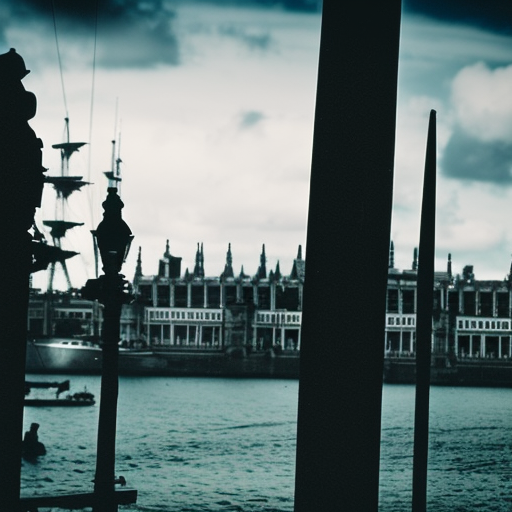The Spanish Armada (1588)
The Spanish Armada was a fleet of ships sent by King Philip II of Spain in 1588 to invade England and overthrow Queen Elizabeth I. The Armada was intended to be a show of force by Spain, which was at the height of its power and influence in Europe. However, the campaign ended in failure for the Spanish and marked a significant turning point in European history.
Background:
In the late 16th century, Spain was the dominant power in Europe, with a vast empire that stretched across the globe. King Philip II saw England as a threat to his empire and to the Catholic Church, as Queen Elizabeth I was a Protestant. He believed that by invading England, he could restore Catholicism and secure his control over Europe.
Preparation:
Philip II assembled a fleet of 130 ships, known as the Armada, which was the largest naval force ever seen at that time. The Armada was manned by over 20,000 sailors and soldiers and carried a vast amount of supplies and weaponry. The Spanish believed that their superior firepower and experience would guarantee victory.
The Battle:
The Armada set sail from Spain in May 1588 and headed towards England. However, the English navy, led by Sir Francis Drake and Lord Howard, was prepared for the invasion. The English ships were smaller and faster than the Spanish galleons, allowing them to maneuver more effectively in battle.
The English navy used a tactic known as “fire ships” to disrupt the Armada’s formation. These were ships set on fire and sent towards the Spanish fleet, causing panic and confusion among the Spanish sailors. The English then engaged the Spanish in a series of naval battles, using their superior speed and maneuverability to their advantage.
Despite their initial successes, the English navy was unable to inflict significant damage on the Armada. The Spanish ships were heavily fortified and difficult to sink. However, the English were able to prevent the Armada from reaching the English coast and landing their troops.
The Storm:
As the Armada attempted to retreat to Spain, it encountered a severe storm off the coast of Scotland. The storm, known as the “Protestant Wind,” caused significant damage to the Spanish fleet. Many ships were wrecked, and thousands of Spanish sailors drowned. This natural disaster was a major factor in the defeat of the Armada.
Aftermath:
The defeat of the Spanish Armada was a significant blow to Spain’s power and prestige. It marked the beginning of the decline of the Spanish Empire and the rise of England as a major naval power. The victory also boosted the morale of the English people and solidified Queen Elizabeth I’s position as a strong and capable leader.
The defeat of the Armada had far-reaching consequences for Europe. It prevented Spain from launching a full-scale invasion of England and ensured the survival of Protestantism in England. The defeat also weakened the Catholic Church’s influence in Europe and paved the way for the rise of Protestant nations.
In conclusion, the Spanish Armada was a failed attempt by King Philip II of Spain to invade England and overthrow Queen Elizabeth I. The English navy’s superior tactics and the “Protestant Wind” storm played crucial roles in the defeat of the Armada. This event marked a turning point in European history, with England emerging as a major naval power and Spain’s decline beginning.












